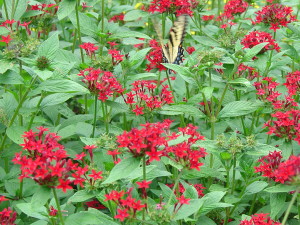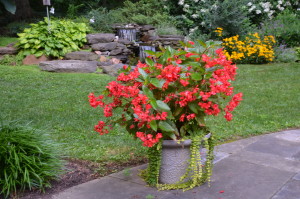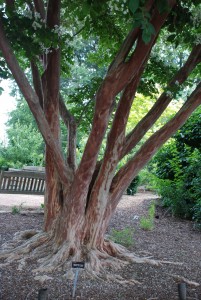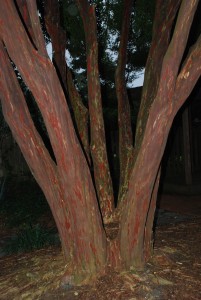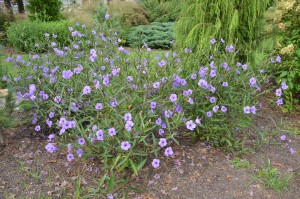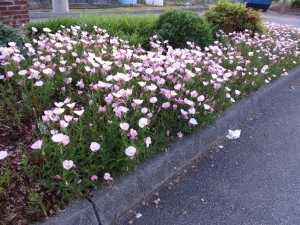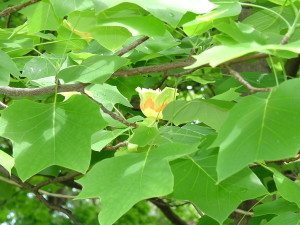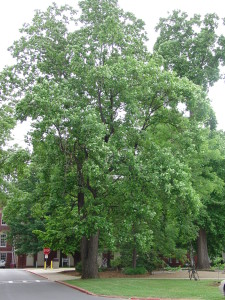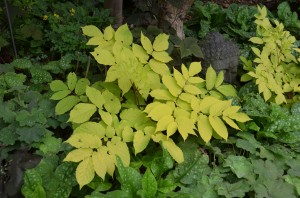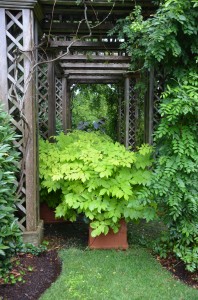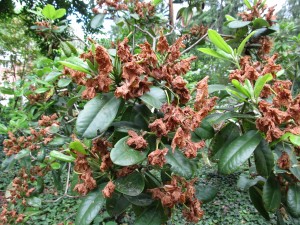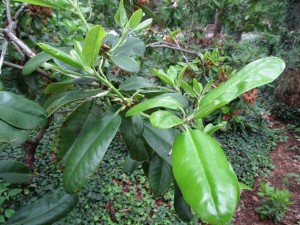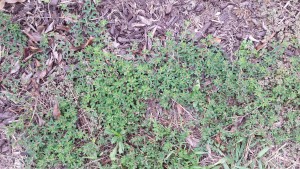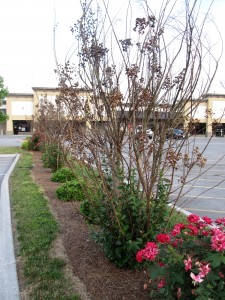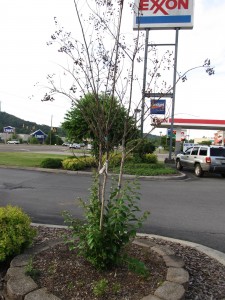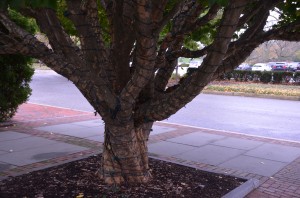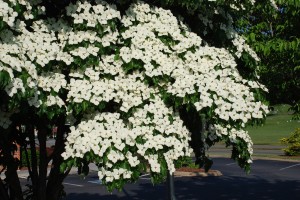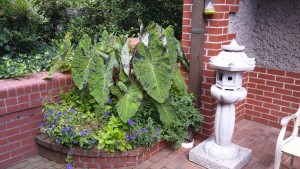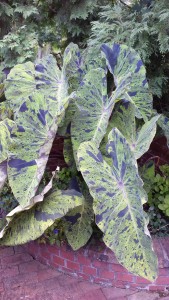Angelonia (“summer snapdragon”)… are outstanding performers in the summer flower garden, yet so many gardeners have never heard of them. Angelonias demonstrate outstanding heat and humidity tolerances. Serenita™ (12-14 inches high), Serena™ (15-18 inches high), and Archangel™ (12-14 inches tall high) series, are available in purple, lavender, pink, and white colors.
Dragon wing® Begonias…Since their introduction in the late 80’s, these angel wing types of begonias have gained a following, particularly with landscapers and gardeners who need to plant large flower beds. Individual plants cover three times the space of a wax begonia (fewer plants means less cost). They are non-stop bloomers over 5-6 months. One caveat: plants usually grow quickly after planting, but are not floriferous their first month in the ground, but are the last to stop flowering in fall.
Euphorbia Frost® series… Mr. James Newburn, assistant director – curator at the University of Tennessee Gardens in Knoxville, calls euphorbias “the baby’s breath of the landscape world”. Euphorbias have dark green (bronze leaf also available) foliage and pure white flowers on delicate stems that create airy clouds. It is a heat tolerant, drought resistant plant, truly a “plant it and forget it” addition to containers, hanging baskets or landscape beds.
Egyptian Star Flower (Pentas)… large clusters of starry blooms that attract lots of butterflies and hummingbirds to the summer garden. Pentas grow well in containers and in garden beds in full sun and moist, well-drained soil. Kaleidoscope®, Butterfly®, and Graffiti® are rated the best series. Varieties grow 2 to 3 feet tall and 15 inches wide and flower colors from deep red, red, pink and white.
Scaevola (fanflower)… this Australian native thrives in hanging baskets, containers or as garden beds in full sun to part shade. It is easily to grow in average, medium, well-drained soils. Bombay® and Surdiva® series, in a choice of white, pink, or blue flower colors, are the leading ones to try.
Torenia (“wishbone flower”)… an alternative bedding plant instead of garden impatiens (Impatiens walleriana). Summer Wave® is a new trailing series that thrive in summer heat and humidity. Mounding series include Kauai® and Moon®. Torenias bloom all season in hanging baskets, containers, garden beds with a vigorous growth trailing habit. They also perform in partially shady beds and ask for very little maintenance. Plant them 10-12 inches apart in a well-drained soil.

